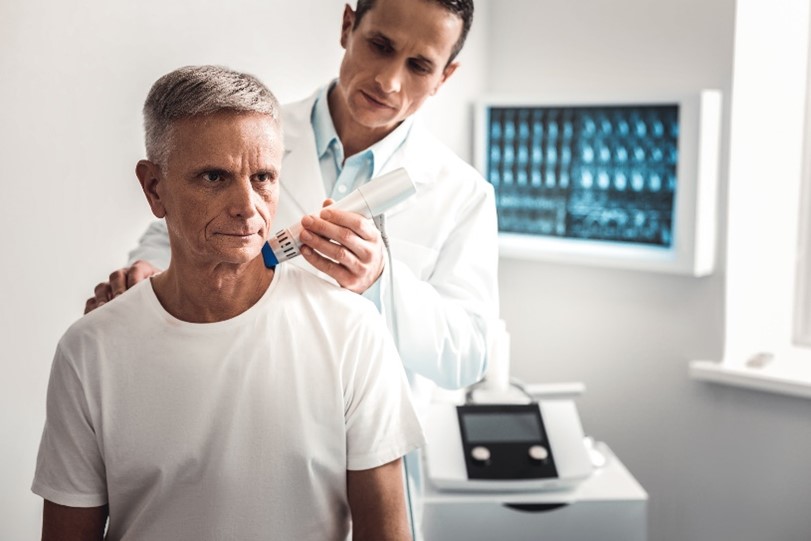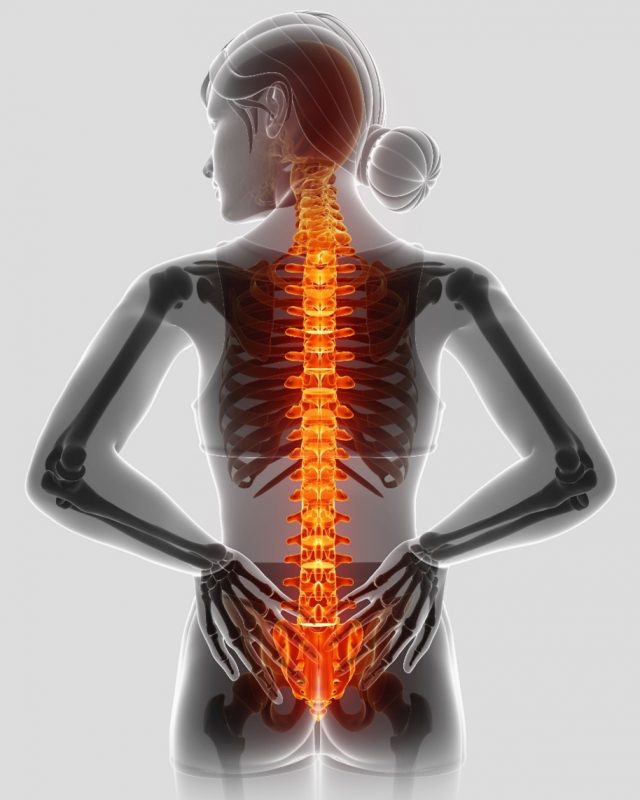Wade Folske is a chiropractor who recently launched his new practice, Performance Care Stretch Clinic. In the following article, Wade Folske discusses various alternative methods to treat back pain that don’t include pain blocking medications.
About 65 million people in the United States say they have recently experienced back pain recently, and a staggering 16 million adults report chronic back pain — that’s 8% of all American adults.
Back pain is particularly pernicious because it has so many causes. Yes, overexertion, obesity, and bad posture are among the most common sources of back pain, but additional causes include lack of exercise, stress, age, depression, and anxiety explains Wade Folske.
While proper rest often alleviates mild back pain, chronic back pain usually requires a different approach. That often includes surgery, but an increasing number of non-evasive treatments are gaining in popularity, used by everyone from professional athletes to the average senior citizen.
Before deciding to go under the knife, consider these non-surgical treatment options.
Yoga
While research is ongoing regarding benefits related to back pain, Wade Folske explains that it appears to do double duty. Mindfulness and meditation while practicing yoga may lower one’s level of stress, shown to be a direct cause of back pain.
Physically, yoga poses are all designed to strengthen and relax one’s body, especially where tension is held.
Physical Therapy
Back pain is so common that physical therapists have developed advanced methods to treat spine-supported structure such as muscles, joints, tendons, and ligaments. This often includes tailored stretches and exercises to relieve or manage pain says Wade Folske.
Aquatic therapy is another option, since it’s often easier for chronic back pain sufferers to perform exercises in water, which eases spinal pressure because of its buoyancy.
Steroid Injections
Those with conditions such as cervical myofascial pain syndrome and sciatica may be treated with epidural steroid injections on its own or combined with another form of chronic back pain treatment.
Wade Folske explains that various studies have shown that such injections may lower inflammation and improve the blood flow of the spinal cord.
A related treatment uses medial branch blocks, which numbs pain in the medical branch nerves that reach the facet joints, which are responsible for letting the neck and back bend backward and forward.
Intracept
Back specialists across the country have been impressed with Intracept’s impact on lower back pain. The procedure, developed by medical device company Relievant, focuses on the basivertebral nerve, which runs through the spine.
Wade Folske reports that it uses a tiny probe to perform nerve radiofrequency ablation, effectively shutting down receptors that signal pain.
Biofeedback Therapy
Using an electronic device to record body signals, biofeedback therapy for back pain may review ways to gain more control over one’s body through recommended mental and physical exercises.
Wade Folske explains that this therapy aims to foster conscious control over body processes that are usually automatically controlled, including heart rate, blood pressure, breathing, and muscle tension.
Common equipment used in biofeedback therapy are those measuring changes in perspiration (electrodermal activity) and the brain’s electrical activity (electroencephalogram).
 Regenerative Therapies
Regenerative Therapies
Wade Folske reports that one of the newest approaches to treat back pain includes using mesenchymal stem cells and platelet-rich plasma, which both work via injections to restore the body’s functions ravaged by certain degenerative conditions.
A research team recently published a paper investigating how pain could be managed through regenerative medicine techniques. They noted promising evidence in trials, but added more studies are needed to fully understand the role of biologics in treating back pain.
Transcutaneous Electrical Nerve Stimulation
Frequently used to treat osteoarthritis, fibromyalgia, and chronic pelvic pain, transcutaneous electric nerve stimulation (TENS) uses a device that delivers low-voltage electric currents near or at nerves to relieve pain.
Electrodes are placed on the skin near nerves or trigger points that appear to be pain sources. The TENS device is the size of a cell phone and powered by batteries. Electrical pulses may be adjusted for duration, frequency, or intensity by a physical therapist, doctor, or acupuncturist.
Osteopathic Manipulation Treatment
Osteopathic manipulation treatment (OMT) is designed to target the body’s structural imbalances and relieve pain involving tendons and muscles. During OMT, a doctor of osteopathy uses light pressure to manipulate joints, muscles and soft tissue.
Patients sit, lie down or stand up during the over 40 forms of OMT as doctors manipulates the body in different positions according to Wade Folske.
Those who try OMT are usually experiencing lower back pain, and the treatment can be used for all ages. It may relief stiff joints, improve the body’s range of motion, and improve blood circulation.






